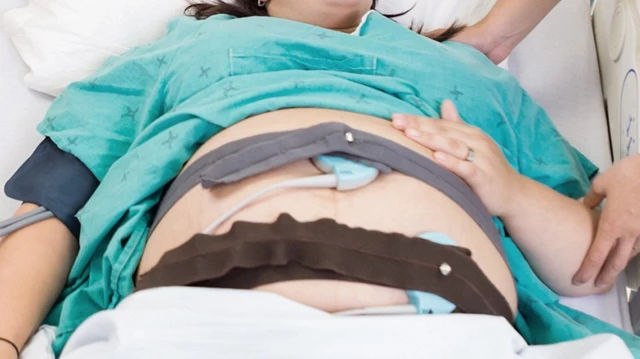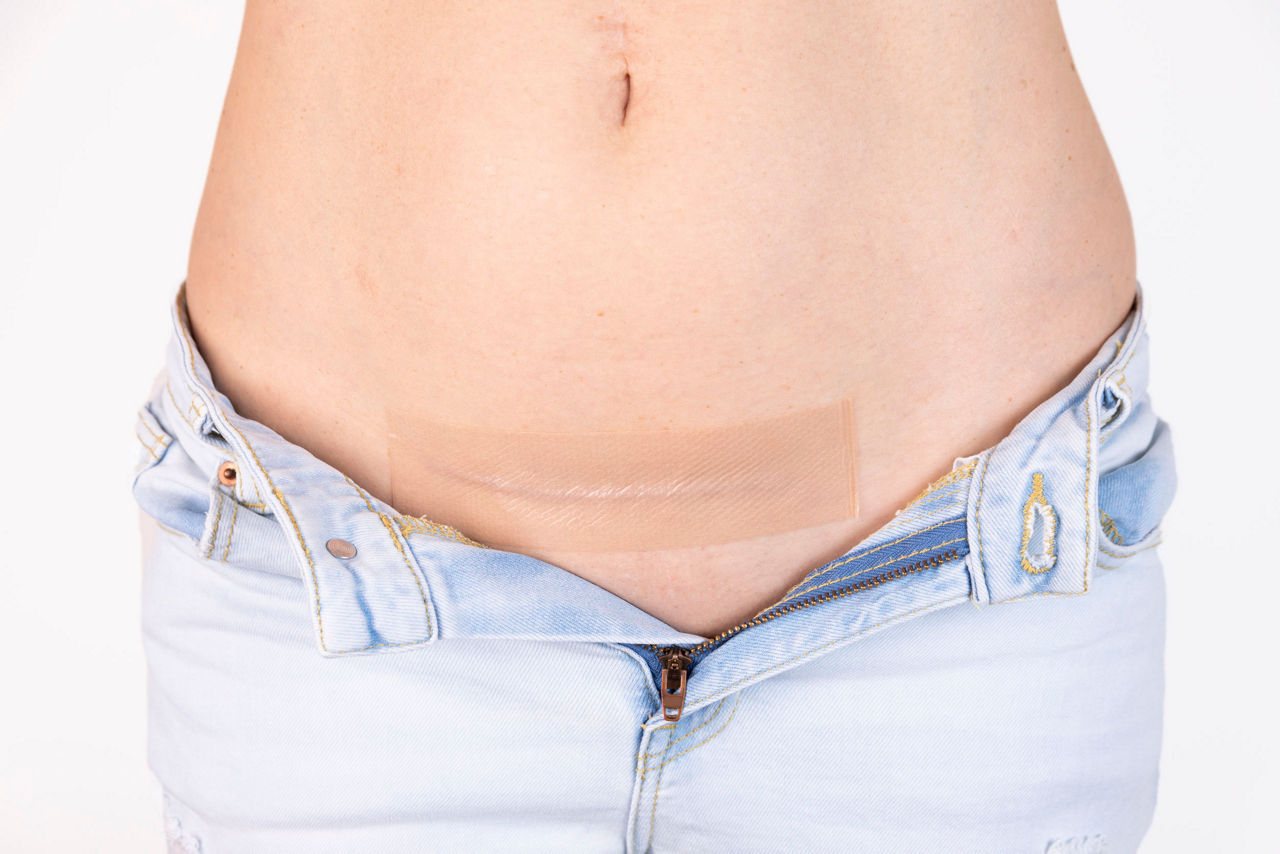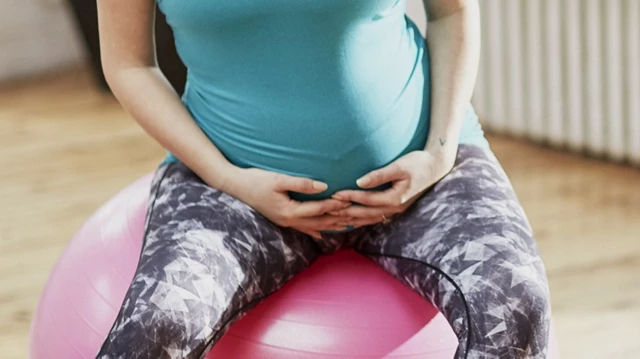COUNT TO TEN
Understand your options
Giving birth is a unique experience and it’s impossible to predict how you will feel physically. Some level of discomfort is to be expected but if things go beyond your expectations, it’s reassuring to know pain relief is available. Understanding different methods of pain relief and when they might be administered should make your labour more bearable.
Moving around, staying calm, having a warm bath or shower, or asking your partner to give you a massage may all help you to feel more comfortable1.









